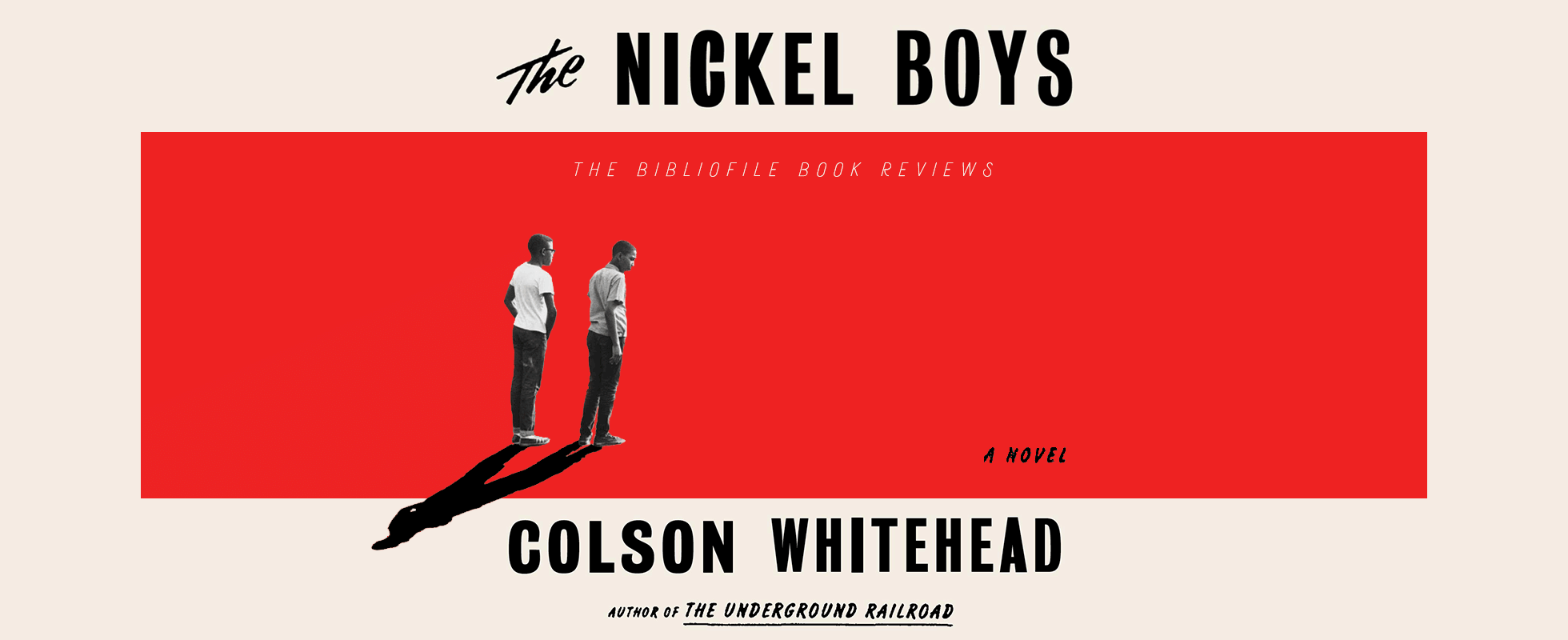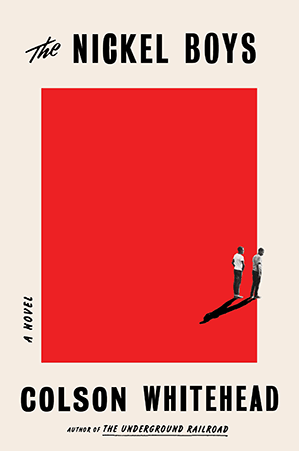Book review, full book summary and synopsis for The Nickel Boys by Colson Whitehead, a descent into the horrors of a reform school in Jim Crow-era America.
Synopsis
In The Nickel Boys, Elwood Curtis is a straight-laced and principled boy growing up in the black neighborhood of Frenchtown in Tallahassee, Florida. He works hard and has dreams of participating in the black civil rights struggle.
An unlucky encounter lands him in Nickel Academy, a state-sponsored reform school for boys. There, Elwood meets Turner and a host of other black boys looking to navigate the system and work their way out.
On first glance, Nickel appears innocuous, with its neatly kept lawns and red-brick buildings, but harsh and horrific realities gradually set in. Through these boys, Whitehead provides a glimpse into Jim Crow-era America, its grisly secrets and its lessons on human nature and racial inequality.
(The Full Plot Summary is also available, below)
Full Plot Summary
Chapter-by-Chapter SummarySee the Chapter-by-Chapter Summary of The Nickel BoysQuick Plot SummaryIn the Prologue, Elwood Curtis, an older black man, decides it's time to go back to a reform school he once attended after bodies buried in a secret grave on campus are discovered.
In Part I, we meet a young Elwood in 1962. He spends a lot of time in the kitchen of the Richmond Hotel in Talahassee, where his grandmother works. He's always hoping to one day see brown faces in the dining hall. He grows up to be a bright, hardworking boy. In high school, he's accepted into a program for free classes at the local college. To get there, he hitches a ride, but it turns out the car is stolen (which leads to a wrongful conviction for car theft).
In Part II, Elwood is sent to the Nickel Academy, a segregated reform school for boys. Elwood make friends with a street-smart boy named Turner. When Elwood gets a severe beating by the staff, Turner tells him he's lucky, since some boys never come back after their punishments, which are held in a small white shack. Turner also gives Elwood advice on how to survive Nickel, and he helps to get Elwood assigned to daily task nicknamed "Community Service". In Community Service, they discreetly sell off supplies and food allocated for the benefit of the Nickel boys, so the staff can pocket the cash. But it allows Elwood and Turner to have a degree of freedom. Elwood keeps a secret record of their deliveries.
Part III opens with a quick flash forward to Elwood many years later as a young man starting up a moving company in New York. (Switching back to 1962, Elwood and Turner daydream about escaping, but they all know of an infamous Nickel escapee, Clayton, who was caught, sent to the shack and never returned.) In another flash-forward, Elwood is a grown man and his business is growing with a fleet of trucks and employees. He runs into Chickee, a former Nickel boy, who asks him what happened to the "kid you used to hang around with", but Elwood pretends not to know who he's referring to. (We also learn that Elwood successfully escaped from Nickel.)
Back in 1962, the Nickel Academy is getting a state inspection. Elwood tells Turner about his secret delivery records and says that he's going to give them to the inspector, along with a letter revealing the truth about what's going on at Nickel. Turner angrily tells him not to, saying he's going to get them both killed. However, when the day comes, Turner delivers the letter when Elwood is unable to do so. That night, Elwood is dragged into the shack, beaten and then thrown into a makeshift cell. When Turner overhears that they're going to kill Elwood, he breaks Elwood out, and they run for it. They find bikes and bike for a long time, but a Nickel van catches up to them. Elwood is shot, but Turner escapes.
In the Epilogue, we find out that Turner started using Elwood's name, in his honor, after escaping. (It's implied Elwood died when he was shot, so all the flash forwards are about Turner, not Elwood.) The book picks up where the prologue started, and Turner is headed to Talahassee to speak up about the truth behind the Nickel Academy now that the secret graves where the dead boys were buried have been discovered. He goes to eat at a local restaurant (which unbeknownst to him is the location of the former Richmond Hotel, where Elwood had once hoped to someday see a black person eating).
For more detail, see the full Chapter-by-Chapter Summary.
If this summary was useful to you, please consider supporting this site by leaving a tip ($2, $3, or $5) or joining the Patreon!




What a wonderful review. You perfectly put in to words all of the my feelings about this book.
thank you! I had a feeling I’d like this book, but it really exceeded my expectations!
Just read this one! The ending absolutely KILLED me… was not expecting it at all! Great review Jennifer.
omg I KNOW I was so blindsided — thanks hannah! :)
Looking forward to reading this! Great review, Jennifer! Your dog’s so sweet ❤️😘
thank you! and yes peanut (my dog) is the bestest 🐶💕
great review I’ll add this to my list
thank you! glad to hear it!
I’m putting this on my TBR list. Thanks for a very thorough and thoughtful review.
that’s great to hear! thanks for reading, rosi! :)
Such a beautiful review. It makes me want to go out and pick this book up right away! It wasn’t really on my radar, I still haven’t read anything by Whitehead before, but I definitely want to get this.
thank you! I really recommend it! :)
Very nice review!
thank you!
fantastic review!